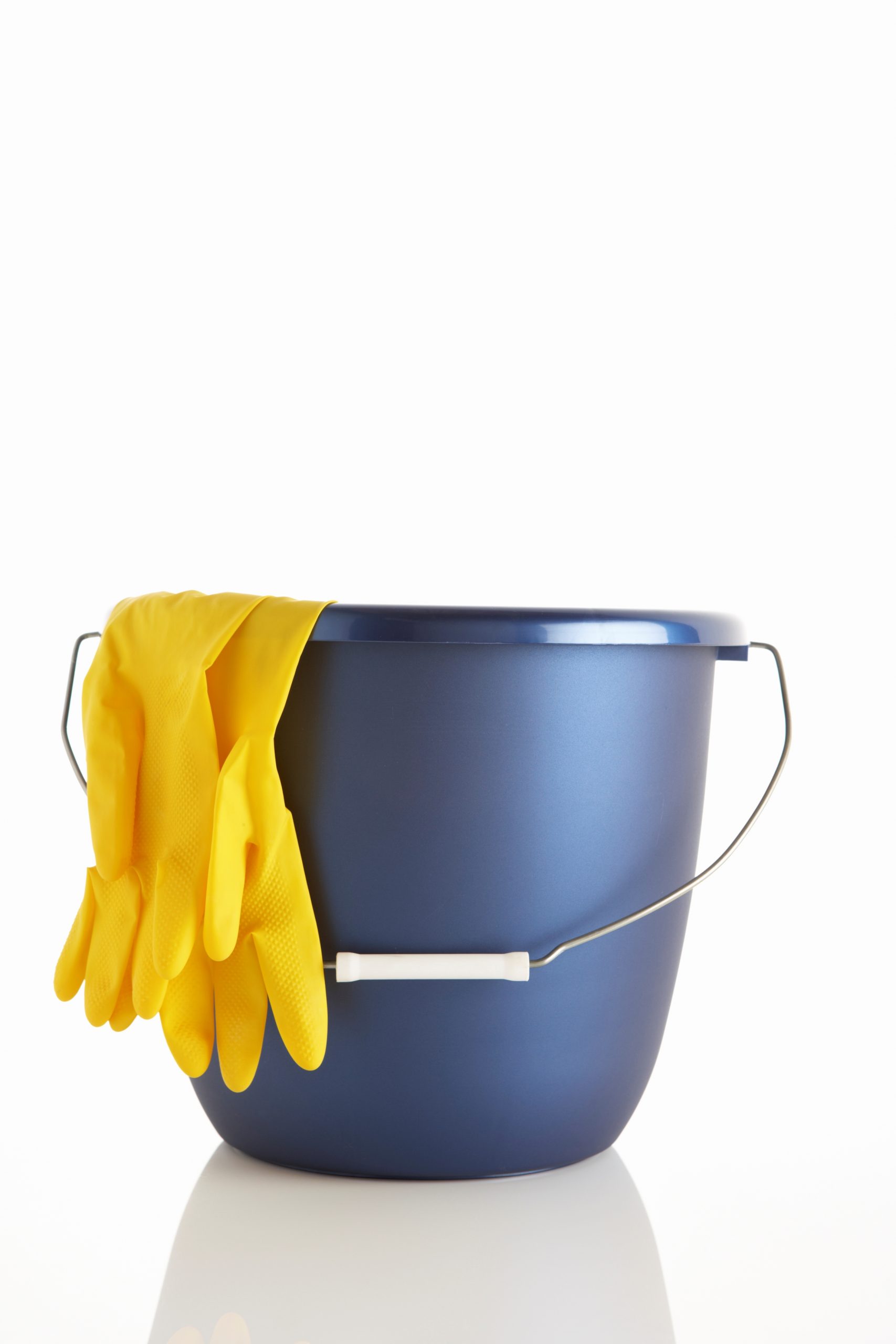You’ve heard of people having latex allergies at the doctor’s office, and you are pretty sure latex tends to be stretchy… and that’s about it. Well, latex is actually a pretty amazing, complex material. It comes from the rubber tree–inside of it, actually, and is used in thousands of commercial and household products all over the world.
Today, it does take some special processing and refining, but the concept of obtaining the milky fluid from inside rubber trees (which is latex itself) has been around since the 1600s. Not only were people back in the day harvesting latex, they also processed it in order to obtain a pliable bouncy rubber.
To date, natural rubber is used in over 40,000 products. That means that rubber and latex are in a lot more than just latex gloves at the dentist office and rubber balloons at your kids’ birthday parties.
There are so many products out there that contain latex, it’s pretty impressive. Just think about it: Gloves, various medical appliances (think ‘any sterile environment’), condoms, bouncy balls, rubber-soled tennis shoes, swimming caps, gloves, baby pacifiers, even toys and paint. All these things can or do contain latex. Each room in a typical household likely contains products or materials that owe their existence to latex, a rubber byproduct.
Bathrooms
Shower curtain
To repel potential mold due to a constantly moist environment, bathroom shower curtains are often coated with a layer of latex.
Rubber mats
When you step onto your bathroom mat after a shower, its non-skid backing is thanks to a rubber lining.
Rubber bandages
Waterproof Band-Aids owe it all to latex! They are able to be elastic yet also stick well to skin.
Cleaning gloves
Rubber and/or latex cleaning gloves protect your hands from germs and harmful chemicals when you clean.
Home Office
Rubber bands
These elastic bands do more than hold piles of documents together; they’re a great (albeit simple) example of what the rubber tree can give us.
Carpet backing
Much like the non-skid backing found on the bathmat in your bathroom, carpet contains latex to keep it in place when laid down over a large area.
Adhesives
Rubber cement isn’t the only adhesive glue that makes the list of 40,000 products. The glue on envelopes and lickable stamps also might contain natural rubber latex.
Baby Room
Toy balls
What child doesn’t enjoy bouncing toy balls around the room? The soft material also makes them appropriate for baby’s and smaller children, as they won’t get hurt if the ball bounces back and hits them.
Hot water bottle
The soft and flexible material found in more traditional hot water bottles allows the user to enjoy concentrated heat anywhere on their body without worrying about it being able to conform properly.
Pacifiers & baby bottles
While the nipples on pacifiers can be composed of either latex or silicone, latex is often preferred due to the more flexible and soft nature of the material.
